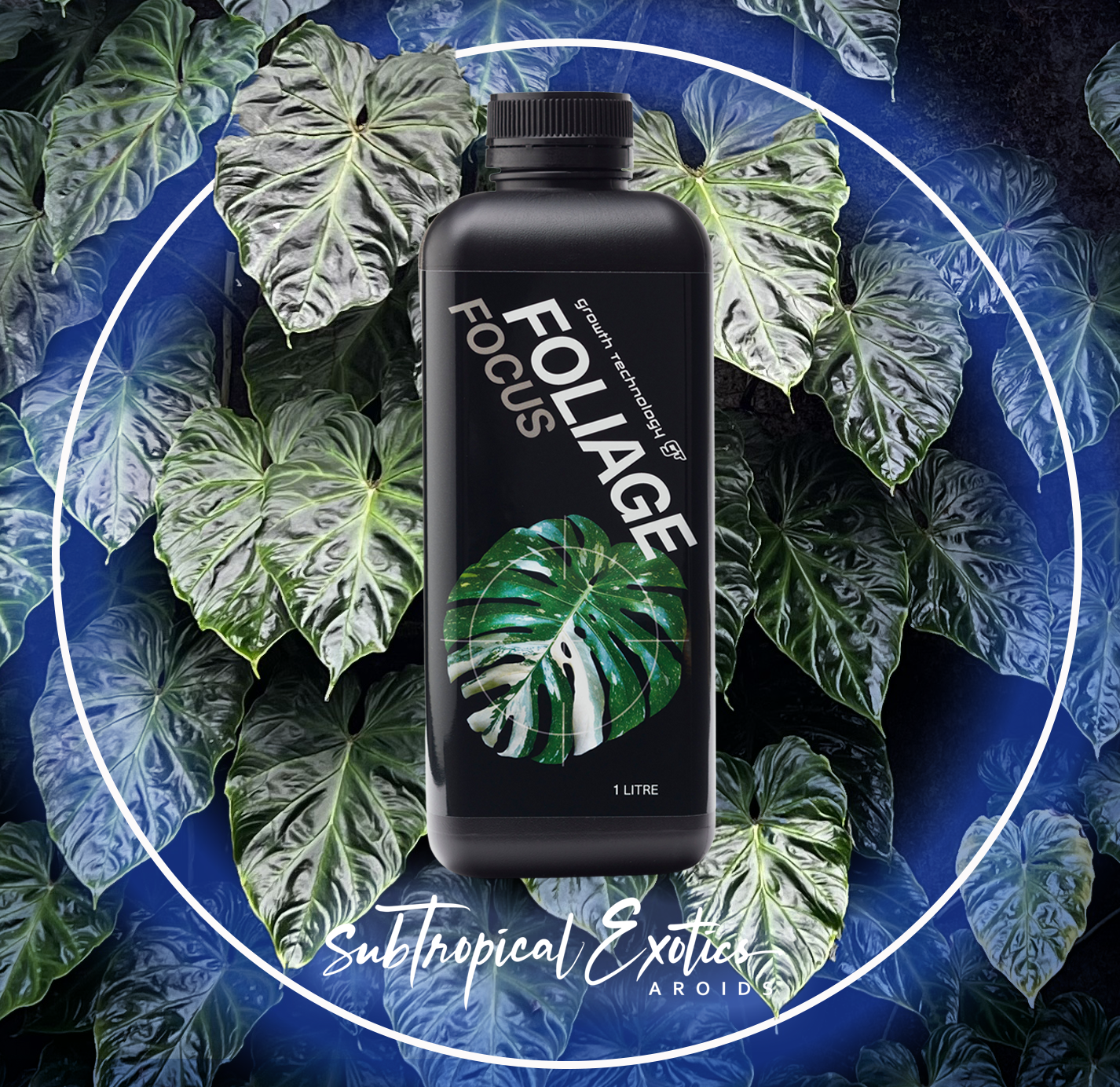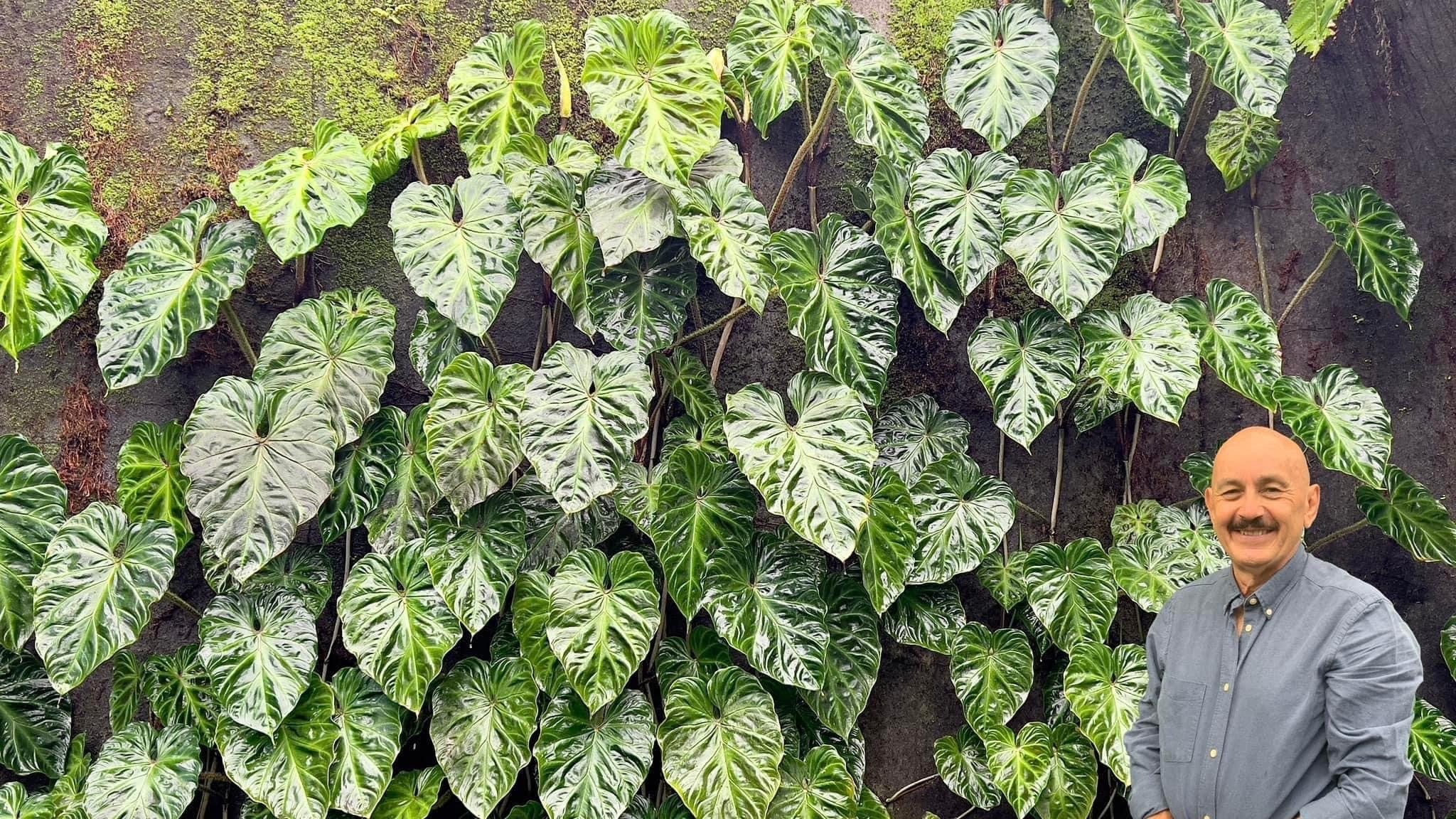Philodendron verrucosum
Philodendron verrucosum - L. Mathieu ex Schott
This stunning tropical plant belongs to the Araceae family and is native to the rainforests of Central and South America, specifically in countries such as Costa Rica, Panama, Colombia, Ecuador, and Peru. Philodendron verrucosum has become highly sought after by houseplant collectors for its unique appearance and dramatic foliage
Philodendron verrucosum thrives in the tropical rainforests of Central and South America, with its native range spanning from Costa Rica south to Peru. The plant is particularly abundant in the humid, understory layers of rainforests in Ecuador, Colombia, and Peru, where it receives dappled sunlight and is protected from harsh, direct sunlight. In its natural environment, it grows at elevations between 200 and 2,000 meters in mid-mountain forests habitats.

Araceae Magazine Winter 2025
NOW AVAILABLE: The Winter 2025 edition of The Araceae Magazine. This edition features Philodendron verrucosum grown in coco coir. It highlights the benefits of using Growth Technology: Foliage Focus for optimal plant health and examines how Australia’s winter climate affects the growth and development of this aroid.

Philodendron verrucosum
Philodendron verrucosum is thriving on a felt totem in the Araceae Cloud Forest.
Maintaining moisture in the aerial roots of hemiepiphytic
aroids is essential for promoting sustained vertical growth on totems, macramé hangers, and other suitable structures. This moisture is crucial for ensuring
the density and spatial distribution of the developing aerial roots.
The plant is grown in a premium coco coir Blend (60%/40%) with a low electrical conductivity (EC). Coco coir is a 100% naturally sustainable product with a pH range of 5.0 to 7.5, ideal for Aroids.
We use Growth Technology's Foliage Focus liquid fertiliser, which is specially formulated to encourage abundant and lush foliage growth.
The use of Coco coir as a growing medium creates an ideal physical environment for Foliage Focus to deliver its nutritional benefits effectively. Its superior structure balances aeration, moisture retention, and drainage, essential for healthy root growth that directly influences foliage development. Research shows that plants grown in coco coir have a 20-30% increase in root mass compared to those in traditional mediums, providing a larger surface area for nutrient absorption.
The fibrous nature of coco coir allows excellent oxygen flow, preventing root suffocation while keeping hydration steady. This ideal root environment enables the efficient absorption and transport of the comprehensive nutrition provided by Foliage Focus to the developing foliage. The strengthened root system supports the growth of larger, more vigorous leaves that are a sign of healthy aroid specimens.

Cataphyll (a bract-like modified leaf)
New leaf blades emerge from a cataphyll (a bract-like modified leaf) forming a 'sheaths' covered in pubesence (find hairs) providing a shield to protect the delicate emerging foliage
As the cataphylls is deciduous once open, over time it fall from the petiole.
The cataphyll is the singular most important identifying characteristic of an aroid. The leaf blades are thin (subcoriaceous) while both dark and velvety on the adaxial (upper) surface but are paler in color along the major veins. The leaf blade is tinged purplish on the abaxol (underside).
The Living Wall of Aroids is made of 100% recycled plastic PET (polyethylene terephthalate) bottles os being reclaimed by mosses, and providing a contrasting backdrop to the maturing Philodendron verrucosum.
The Mosses are a naturally occurring (non-vascular flowerless plants in the taxonomic division Bryophyta) Mosses provide sanctuary,
additional moisture, nutrients for growth and survival of the developing aerial roots. Mosses promotes the primary hemiepiphyte to successfully establish on the Living Wall, ensuring density and spatial distribution, growth and survival of aerial roots. Fogging maintains humidity throughout all Seasons, providing moisture and organic nutrients, as well as inoculants, to the wall and these appressed hemiepiphytic climbers.



